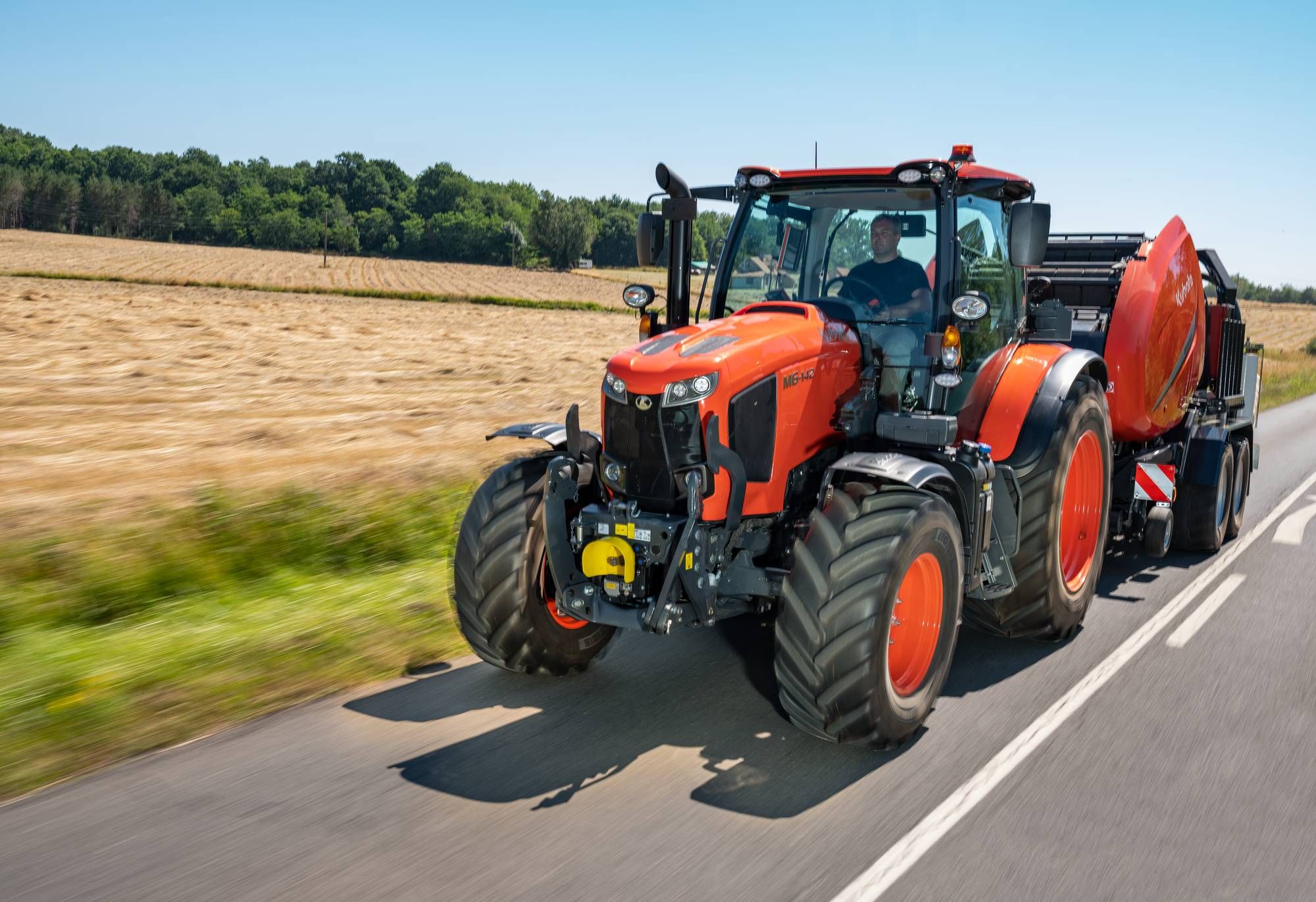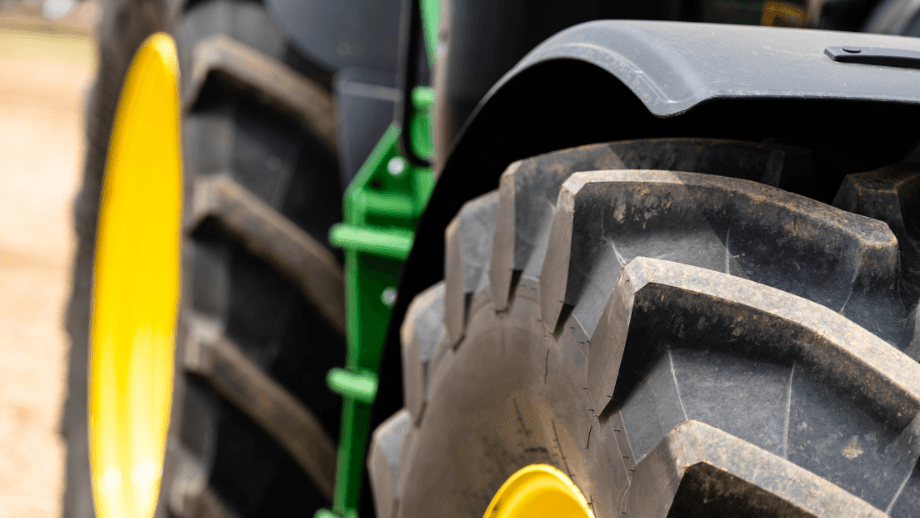
Constructional features of a tractor
What structural features actually make a tractor? We explain.
Even small children can identify a standard tractor in the field as a tractor. No wonder, after all, tractors have a number of design features that distinguish them from other vehicles. But what technical features actually make a standard tractor? We explain.
What are the design features of a standard tractor?
Tractors now come in all colors, sizes and construction types. However, there are some special features that all standard tractors have in common. These include, in particular, their characteristic shape with two larger wheels on the rear axle and two smaller front wheels suspended from a swing axle with Ackermann steering. In addition, the driver's seat sits above the rear of the tractor and the rear axle is usually unsprung.
Short
The constructional features of a standard tractor are:
- Larger wheels on the rear axle
- Smaller wheels on the front axle
- Front swing axle with Ackermann steering
- Driver's seat above the rear
- Rear axle unsprung
Front and rear wheels
Probably the most characteristic feature of a standard tractor is the different sized tires on the front and rear axles. There are several reasons for this special design feature: The large rear tires enable higher tractive power due to lower rolling resistance (especially on soft farmland). At the same time, the increased contact area of larger tires minimizes the pressure on the soil and thus soil compaction. But why does the tractor have smaller front tires? The smaller tires on the front axle make it easier to maneuver the tractor, as the larger turning angle enables a smaller turning circle. At the same time, they improve visibility of front-mounted implements.

Swing axle and Ackermann steering
Standard tractors are characterized by a swing axle at the front, which has an additional horizontal joint. This type of axle is particularly impressive due to its simple and robust design and helps the machine to adapt independently to different ground profiles and largely prevent a wheel from lifting off the ground. This improves the traction of the tractor. The standard tractor is steered via the front axle as a Ackermann steering system. A particular advantage of this is the good steerability and the unchanged stability of the tractor, even when cornering. In addition, the stub axle steering reduces the reaction of the wheels on the steering.
Driver's seat above the rear
In most vehicles, the driver sits at the front. However, the standard tractor is different: the driver's cab and seat are moved to the rear. This has several advantages. The higher driver's seat above the two large wheels gives the farmer a better overview of the vehicle and its surroundings. Especially when using rear-mounted implements, the rearward seat position provides a better view of the attached machine.
What are the areas of application for standard tractors?
The classic standard tractor was primarily developed for traditional field work: Whether tilling or harvesting, their high tractive power makes them suitable for all common field work. As standard tractors should be able to perform all tasks on a farm in the broadest sense, they are flexible. For this reason, standard tractors are also used in other areas, e.g. in forestry, by local authorities, in the construction industry or by fire departments and technical relief organizations.